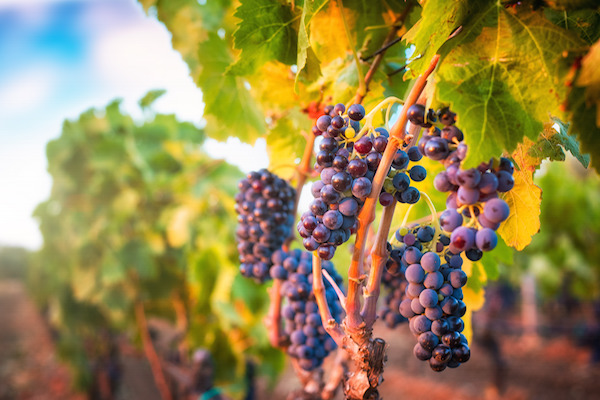Dec 4, 2017Start planning for disease control and managing resistance in 2018


{Sponsored} Grape growers are several months out from their first fungicide spray, but it’s never too early to start planning.
Ask yourself: What am I doing this winter to prepare for spring? Because disease pressure is entirely dependent on weather, growers must be prepared for anything.
“The growers that are the most successful are prepared to respond to the worst case scenario,” said Kate Walker, technical service representative for BASF. “They go into the season with the mindset that disease pressure is going to be very high.”
Walker resides on the Central Coast of California, where powdery mildew pressures came on late — much later than Walker has ever seen — in the 2017 season.
“The June heat kept powdery mildew at bay,” she said. “But it came on fast in late July and early August and caught some growers off guard.”“We had a ton of rain last winter,” Walker said. “When there’s a lot of water available and warmer temperatures earlier in the season, there’s excessive vegetative growth.”
“We experienced a shortage of hand laborers, so the canopies were heavier. And the growers that were unable to bring in hand crews had heavier disease pressure later in the season.”
Walker believes both — excess rain and heavier canopies — likely led to the increased pressure. Valuable lessons were learned. “Even if growers are well into July and focusing on their resistance management program on Botrytis, powdery mildew can not be ignored.”
The most successful growers in 2018 will start strong at bud break and select good chemistries with dual modes of action to begin their resistance management program. Powdery mildew and Botrytis management should be the focus.
“It’s important to select products that protect from both,” Walker said. She offered the following advice to California grape growers.
Powdery Mildew. Start early in the season with Merivon® fungicide. With Merivon fungicide, known for delivering longer-lasting disease protection, Advanced Plant Health benefits and healthier, higher-quality fruit, we’ve seen outstanding disease control and a nice residual effect, which helps improve early-season control. For the best results, Merivon fungicide and Vivando® fungicide, a fungicide that features a unique mode of action that provides maximum powdery mildew control and yield protection for wine, table and raisin grapes, should be alternated throughout the season.
Botrytis. We recommend that growers start with Pristine® fungicide at bloom. Pristine fungicide is a great Botrytis material and also helps to control powdery mildew. When targeting Botrytis, growers will need to use higher rates, as noted on label directions. The fungicide offers plant health benefits in addition to disease control.
For more information, visit www.GrowSmartGrapes.com or contact your local BASF representative.
Always read and follow label directions. Merivon, Vivando and Pristine are registered trademarks of BASF.














